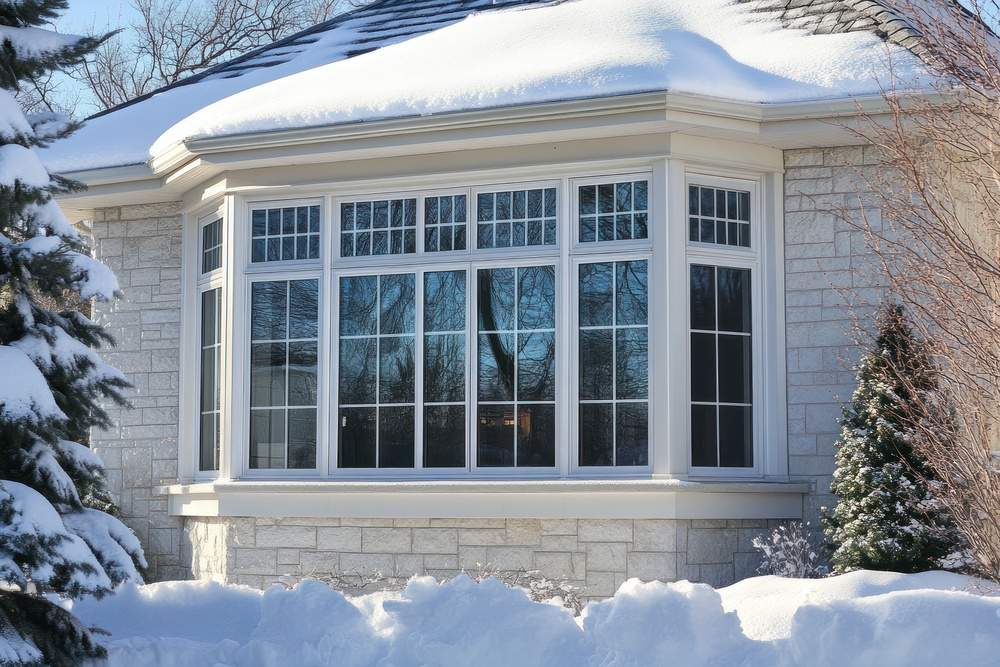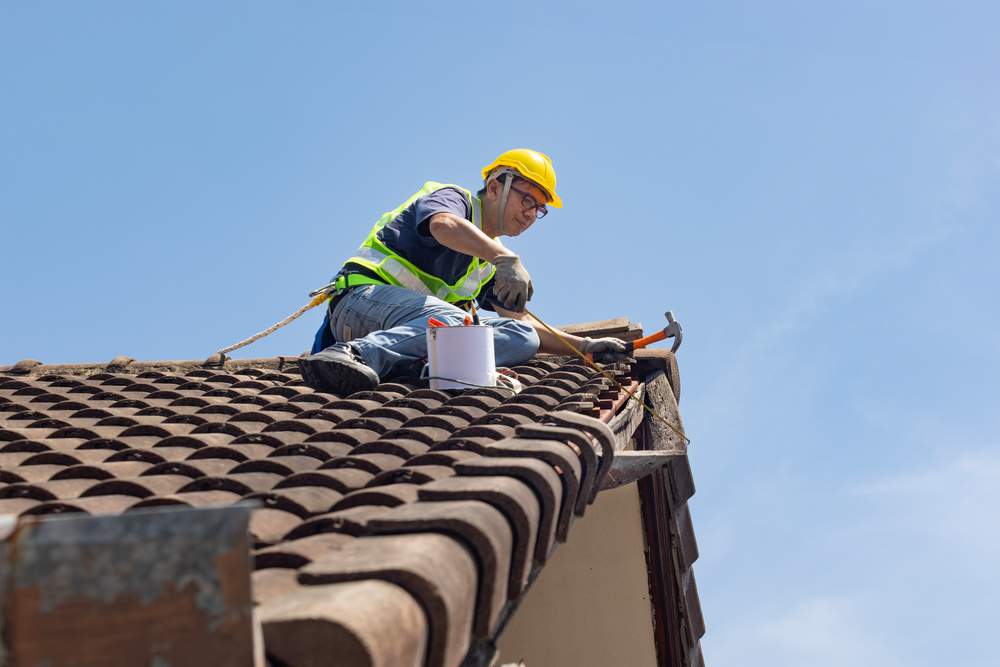Your roof faces some of the toughest conditions in the country. Heavy snow, relentless hail, and strong winds test its durability year after year in places like Minneapolis and St. Paul.
It’s not surprising if you’ve questioned whether your roof is still holding up.
Maybe you’ve dealt with poor repairs in the past—ones that didn’t last through the next storm. Or perhaps you’ve been caught off guard by surprise costs or left guessing about the condition of your roof because a contractor vanished without a clear explanation.
This guide gives you the tools to avoid these headaches. You’ll learn three facts about roof inspections that could save you time, money, and unnecessary stress.
Stick around—you’re about to take the guesswork out of roof maintenance.
Key Takeaways
- Roof inspections are essential in harsh climates like Minnesota to spot issues before they cause costly damage.
- DIY inspections often miss hidden problems like micro-fractures or structural stress that professionals are trained to identify.
- If left untreated, ice dams, clogged gutters, and minor cracks can lead to major roof and interior damage.
- Inspection reports provide detailed insights, photos, and recommendations, helping homeowners make informed decisions about roof care.
- Professional inspections save money by preventing future issues and supporting insurance claims with thorough documentation.
Fact #1: Roof Inspectors Don’t Just Look for Damage
Roof inspections aren’t just about spotting obvious problems.
They’re about making sure your roof can withstand what nature throws at it—especially in weather-prone areas like Edina.
What Makes Roof Inspections Vital in Edina?
The harsh climate here demands more from your roof than in milder regions. Winters bring heavy snow that piles up, stressing the roof’s structure. Ice dams can form at the edges, trapping water and leading to leaks.
During summer, severe storms bring high winds and hail, which can crack shingles and dent flashing. Then there’s the freeze-thaw cycle, where daytime warmth melts snow, only for nighttime temperatures to freeze it again.
Over time, this weakens your roof materials and causes gaps for water to seep in.
Without regular inspections, these unique challenges can go unnoticed—until they turn into costly repairs.
What a Thorough Inspection Should Cover
A good roof inspection goes beyond surface-level checks. Here’s what it should include:
- Structural Assessment: Inspectors should look for sagging areas, weakened trusses, or other signs that the roof can’t handle heavy snow loads.
- Ventilation and Insulation: Proper airflow prevents moisture buildup that leads to ice dams or mold. Inspectors should check that your attic is well-ventilated and properly insulated.
- Drainage Systems: Gutters and downspouts must be clear to handle snowmelt. Blockages can cause water to back up, increasing the risk of leaks or foundation damage.
Why This Matters for You
Ignoring these issues isn’t just risky—it’s expensive.
Water damage from leaks can ruin insulation, drywall, and personal belongings. Roof collapses from snow overload aren’t just rare—they’re preventable. And poor insulation means higher heating bills as warm air escapes through the roof.
A thorough inspection is an investment in your roof’s durability. It’s a small effort that keeps your home safe, efficient, and prepared for whatever the weather brings next.
Fact #2: DIY Inspections Can Miss Major Warning Signs
Checking your roof yourself might seem like an easy way to save money. But in regions like the Twin Cities, the risks often outweigh the benefits.
While a DIY approach might catch surface-level issues, it’s unlikely to uncover the hidden problems that threaten your roof’s integrity.
Risks of DIY Inspections in Weather-Prone Regions
It’s understandable why some homeowners take on their own inspections—professional services can feel like an unnecessary expense. However, the extreme weather here requires a trained eye to spot damage that isn’t immediately obvious.
- Hail often leaves fractures in shingles that aren’t visible until water starts seeping in. These micro-fractures can compromise the roof’s waterproofing over time.
- Snow and high winds can stress your roof’s structural components, like trusses and beams. DIY inspections typically overlook these critical elements.
- What looks like a dry attic could have small leaks, causing water to pool in hidden areas, eventually leading to mold or rot.
Without professional tools and training, these issues remain unnoticed until they require costly roof repairs.
Cost of Missing Hidden Issues
The consequences of missed problems can be significant, especially in regions with extreme seasonal shifts:
- Ice Dams: When hidden leaks go undetected, ice dams worsen. Water can back up under shingles, causing extensive interior damage.
- Seasonal Storm Damage: A minor crack left unattended after a summer storm can expand during freeze-thaw cycles, leading to widespread damage.
- Blocked Drainage Systems: Without noticing clogged gutters or improper downspouts, you risk spring snowmelt causing water to pool around your home’s foundation, threatening its structural stability.
Skipping a professional inspection might save money now, but the long-term risks can far outweigh the initial cost.
When It’s Time to Call in a Pro
Certain warning signs demand immediate attention from a roofing professional:
- Persistent Ice Dams: If ice dams form even after you’ve cleared your gutters, the issue may lie deeper in your roof ventilation or insulation.
- Sagging Rooflines: Any noticeable sagging, especially after heavy snow, signals structural stress or failure that requires immediate evaluation.
- Interior Leaks or Stains: Dark spots or water stains on your ceiling after storms indicate a breach in your roof’s waterproofing that needs expert attention.
Fact #3: Inspection Reports Are More Than Just Lists
An inspection report is more than a checklist of issues. It’s a comprehensive guide to your roof’s current condition and what it needs to stay strong against the elements.
For homeowners in the Twin Cities, where weather extremes are a constant challenge, this document can be an invaluable resource.
What You Get from a Detailed Inspection Report
A professional inspection report includes more than a simple rundown of repairs. It provides actionable insights and documentation that give you a clear picture of your roof’s status.
Key elements include:
- Photos of Damage or Problem Areas: High-quality images highlight visible damage, such as cracked asphalt shingles, sagging sections, or clogged drainage systems. These visuals make it easier to understand the issues.
- Clear Recommendations: A good report doesn’t just list problems—it explains what needs fixing, how urgent the repairs are, and an estimated timeline for addressing them.
- Weather Impact Assessment: In regions with heavy snow loads and powerful wind gusts, an inspection report may evaluate how recent storms or seasonal cycles have affected your roof’s structural integrity.
This level of detail guarantees you’re fully informed and prepared to make decisions about repairs, maintenance, or upgrades.
Why Reports Matter in Edina
For homeowners in harsh climates, an inspection report does more than outline problems—it helps navigate challenges specific to the region.
After hail or storm damage, detailed reports with photos can be critical when filing insurance claims. They provide the documentation you need to justify your case and secure fair compensation.
When you have a thorough inspection report, you can compare contractor quotes more effectively. This helps you avoid substandard work by understanding exactly what needs to be fixed and why.
Knowing your roof’s current condition allows you to budget for future upgrades, such as improving insulation to prevent ice dams or reinforcing your structure for heavy snow loads.
Ready to Protect Your Edina Home? Schedule a Roof Inspection with Allstar Construction
Living in the Twin Cities, Minnesota means your roof works overtime against snow, wind, and everything in between. Regular inspections identify problems early, saving you money and preventing future damage.
At Allstar Construction, we understand the unique challenges of this region’s weather. Our thorough inspections give you peace of mind, actionable insights, and long-term savings by addressing issues before they escalate.
Take the first step toward a stronger, more reliable roof. Schedule your professional inspection today and ensure your home is ready for whatever comes next.



